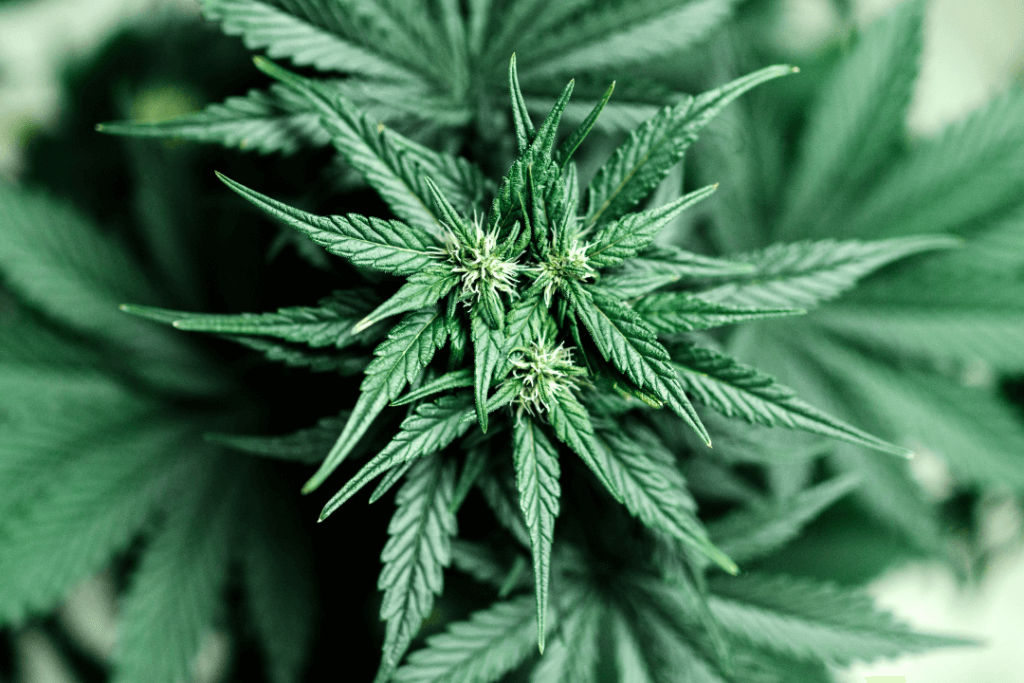There are countless anti-nausea medications available for use. From prescriptions to over-the-counter medicines like Dramamine and everything else between, there seems to be plenty of options for people in dire need of nausea relief. Unfortunately, many medications have adverse side effects like lightheadedness, drowsiness, headache, tiredness, dizziness, or constipation. And, even after enduring these side effects, sometimes the traditional anti-nausea medication doesn’t work well enough for patients.
Doctors realized early on that there had to be some alternative that worked better than these medications. That’s why they turned to cannabis. Since the late 1970s and early 1980s, doctors have studied the effectiveness of cannabis and synthetic cannabis on nausea and vomiting. Today, with promising results, many people turn to cannabis to seek relief from nausea.
What Is Nausea?
Nausea is stomach discomfort that usually occurs before vomiting. There are many different causes of nausea. Some people experience something as simple as motion sickness, while others may experience severe nausea from a particular medication or medical condition. Essentially, nausea and vomiting are the body’s way of expelling toxins from itself.
The Beginnings of Medicinal Cannabis & Nausea
One of the many reasons an individual may choose to take medicinal cannabis is that they experience chronic and severe nausea. This is commonly seen in cancer patients as a side effect of chemotherapy. In fact, nausea caused by chemotherapy has a name: chemotherapy-induced nausea and vomiting (CINV). This type of nausea and vomiting occurs within six to 24 hours of receiving chemotherapy. Patients have described it as overpowering and extreme. In scientific terms, this is called emesis.
In 1995, Abrahamov et al. evaluated the anti-emetic effectiveness of Δ8-THC, a close but less psychoactive relative of Δ9-THC, in children receiving chemotherapy treatment. After a total of 480 treatments, the only side effects reported were slight irritability in two of the youngest patients (3.5 and 4 years old). However, the treatment controlled both acute and delayed nausea and vomiting. However, this study observed the effects of synthetic cannabis. It wasn’t until 2021 that a study focused on the anti-emetic effects of natural cannabis.
Medicinal Cannabis & Nausea in 2021
In the 2021 study, “The Effectiveness of Common Cannabis Products for Treatment of Nausea,” researchers observed that most patients using cannabis to treat nausea experienced relief. More than 96% of the study sample reported nausea relief within one hour.
Researchers did see a difference in nausea relief depending on the product characteristics with flower and concentrates outperforming tinctures and edibles. This study also determined that Cannabis sativa and “hybrid” products exceeded Cannabis indica products.
Researchers found that joints resulted in more significant symptom relief among combustion products than consuming via a pipe or vaporizer.
While this study couldn’t completely describe the mechanisms behind cannabis’ ability to reduce nausea rapidly, it was able to assume that it likely involves the plant’s ability to activate CB1 receptor responses to other stimuli in the central nervous system. This includes the insular cortex, which is involved in conscious awareness of internal bodily states.
The insular cortex is also an example of a brain region naturally controlled by endocannabinoids that naturally develop in the human body. Therefore, it’s not surprising that phytocannabinoids that develop in the cannabis plant also stimulate similar brain regions.
Synthetic Cannabis
In 1985, the FDA approved dronabinol and nabilone, synthetic cannabinoids, not to be confused with K2 and spice. Both are available in oral and inhaled solutions and are authorized to treat CINV. While these are available for use, they’re typically considered secondary medication options. A patient must show that they are non-reactive to other anti-nausea medications.
Since being approved by the FDA, researchers have conducted more than 30 clinical trials that show that synthetic cannabinoids are superior to traditional dopamine receptor antagonist medications for CINV.
However, a review of research literature has concluded that cannabinoids effectively control cancer-induced nausea and vomiting, and oral THC and smoked cannabis have similar efficacy.
Synthetic cannabinoids indeed have side effects that differentiate them from natural cannabinoids. For this reason, we recommend that if you can get and utilize a medical cannabis card, you try different cannabis methods that suit your nausea symptoms.
Is Medicinal Cannabis Right for Your Nausea?
Cannabis can help treat many different types of nausea. There are plenty of consumption methods, so there’s no shortage of options for your specific needs. If you are interested in treating your nausea with medical cannabis, head North!
North Dispensaries offers high-quality products that help you with any of your medical cannabis needs. Our patient consultants will help you find the perfect solution for you. We even offer delivery for our patients that can’t make it in person. Don’t let your health sit on the back burner. Be proactive and visit one of our locations in Pevely or Hillsboro today.











